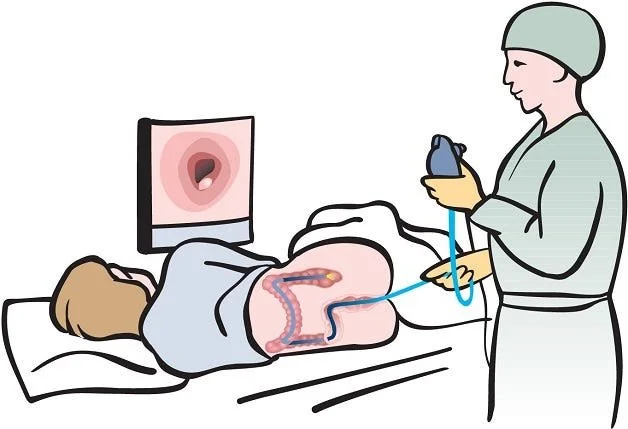Earlobe repair is a surgical procedure designed to address damage or deformities in the earlobes. This treatment is often sought by individuals who want to restore the appearance or functionality of their earlobes. While the procedure itself is relatively straightforward, understanding the recovery process is helpful. By knowing what to expect before, during, and after the repair, patients can feel more prepared for their recovery.
What Is Earlobe Repair?
Earlobe repair is a type of reconstructive surgery aimed at repairing tears, stretched tissue, or other deformities in the earlobes. Common reasons for needing this procedure include damage caused by heavy earrings, trauma, or intentional stretching, as in the case of those who once wore gauges. Over time, these issues can cause the earlobe tissue to weaken, tear, or lose its shape.
The goal of earlobe repair is to restore the natural form and appearance of the earlobes. This can improve symmetry and allow individuals to wear earrings again. The causes of damage may differ, but repair of the earlobes offers a solution for a wide variety of issues.
Many people pursue this procedure to improve their self-confidence. Others may opt for it to avoid further issues, like recurring tears or discomfort caused by damaged earlobes. This decision is typically made after consulting with a qualified medical professional who confirms the treatment aligns with the patient’s personal goals.

What Is the Procedure Like?
Earlobe repair procedures are typically performed in a medical office under local anesthesia. During the process, the surgeon removes damaged or stretched tissue before stitching the earlobe back into place. The doctor carefully works to reshape the earlobe, creating a natural and balanced appearance. The stitches used in the repair are often small and precise to support faster healing.
After the procedure is completed, patients may be given a protective dressing. The surgeon will also provide detailed instructions for post-procedure care. These instructions are meant to guide patients on how to keep the area clean and reduce irritation, promoting smoother recovery.
What Is Recovery Like?
Recovery after earlobe repair is generally manageable, with most patients returning to daily activities within a day or two. Patients are often advised to avoid activities that might put undue pressure on their ears. During follow-up visits, the surgeon will check the healing progress and address any concerns. To support proper healing, patients are encouraged to keep the area clean and monitor for any signs of infection, such as redness, increased swelling, or discharge.
Scarring is typically minimal, and the appearance of the earlobes improves as they heal. For those who wish to pierce their ears again, medical professionals often recommend waiting several months after the repair. This allows the earlobe tissue to fully recover, so it’s strong enough to support new piercings.
Take the Next Step
If you’re exploring earlobe repair, learning about the procedure and what to expect during recovery can help you make an informed decision. Consulting with an experienced medical professional is a way to explore your options and determine whether this treatment aligns with your goals. Take the first step toward restoring your earlobes by scheduling a consultation with a qualified surgeon today.
-
Common Types of Sports Injuries and How to Prevent Them
Staying active supports strength, balance, and mood, yet sports injuries interrupt training and daily life. These injuries range from minor tissue irritation to ligament tears. They arise from overuse, poor mechanics, sudden load, or inadequate recovery. Here are some typical problems and practical steps to lower risk: Sprains & Strains Sprains affect ligaments, while strains […]
-
How To Prepare for Your First OBGYN Appointment
An OBGYN specializes in women’s reproductive health, providing care that spans from routine checkups to pregnancy and menopause management. Preparing for your first OBGYN appointment can help you feel more comfortable, make sure your concerns are addressed, and make the most of your visit. Here’s how to prepare for your first OBGYN appointment: Gather Medical […]
-
How To Treat ADHD
Attention-deficit/hyperactivity disorder (ADHD) affects focus, impulse control, and activity levels. Symptoms often include distractibility, restlessness, and trouble organizing tasks. Diagnosis involves a clinical history, symptom checklists, and input from family or teachers. Treatment targets daily function and safety while addressing co-occurring issues such as anxiety or learning differences. No single pathway fits everyone, so approaches […]
-
What To Expect During Your Colonoscopy Procedure
A colonoscopy is a medical procedure used to examine the inner lining of the large intestine and rectum. It involves the use of a flexible tube with a camera, which allows direct visualization of the colon to identify abnormalities such as polyps, inflammation, or lesions. This procedure is regularly performed for screening, surveillance, and diagnostic […]
-
How Pacemakers Help Manage Arrhythmias and Improve Quality of Life
The human heart depends on precise electrical signals to maintain its rhythm. When those signals become irregular or unreliable, the result is often a condition known as arrhythmia. Left unmanaged, arrhythmias can cause uncomfortable symptoms and potentially disrupt daily activities. Pacemakers offer a reliable solution to regulating heart rhythms, providing patients with a path to […]
-
How To Choose the Right Psychiatrist for Your Needs
A psychiatrist is a medical doctor who specializes in diagnosing and treating mental health conditions. Unlike other mental health professionals, psychiatrists can prescribe medications in addition to offering therapy. Their training equips them to handle complex or overlapping conditions such as depression, anxiety, bipolar disorder, and schizophrenia. Finding the right psychiatrist often starts with identifying […]






Leave a Reply